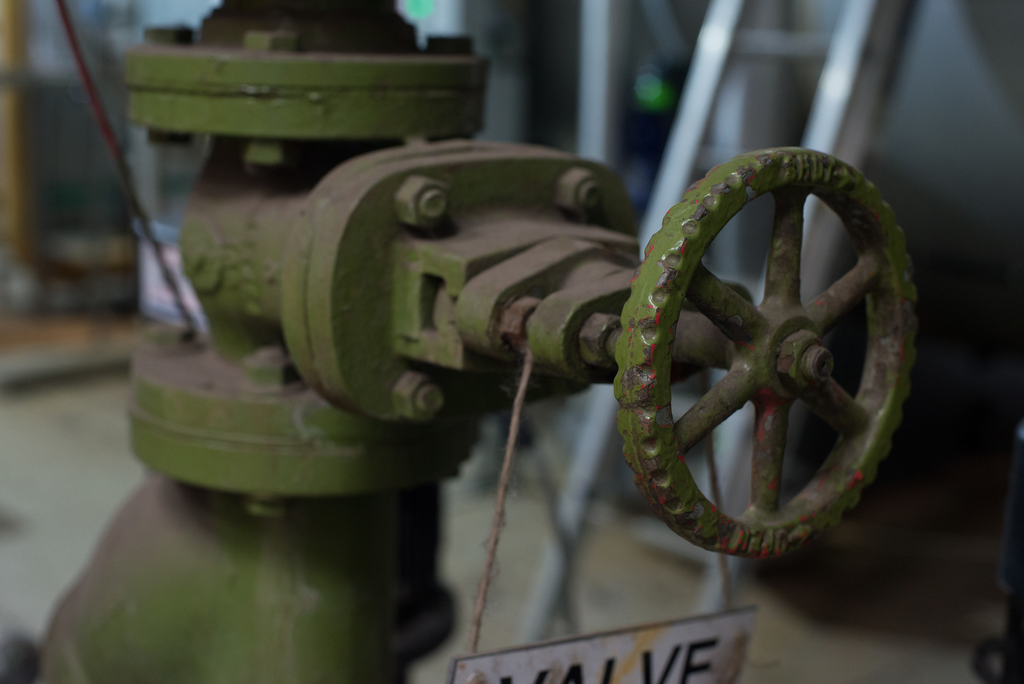Exploring the Anti-Corrosive Properties of Graphene Oxide
Anti-corrosion coatings have become increasingly more important in the developing world, with industrial equipment requiring protection from corrosive mediums such moisture, industrial chemicals or abrasion. With the global market now valued at $24 billion and expected to reach $36 billion by 2024, new technologies are under research with greater anti-corrosion properties. Considering it’s the strongest material known to man, it’s no surprise that graphene falls within this umbrella of research.
One of the first papers that explored a scalable route to anti-corrosion graphene coatings was produced by researchers at the University of Manchester, who utilised graphene oxide as an inert barrier. The hexagonal array of carbon atoms in graphene oxide act as a very effective barrier in water purification applications, with the oxygen functionalities providing defects and pathways for only the diffusion of water and small ions such as chlorides. In this research, graphene oxide was chemically reduced to restore the pristine graphene lattice. This coating was now impermeable to small ions as well as water, allowing it to be an effective anti-corrosion barrier for moisture and sea salt. The chemical inertness of graphene also gave this coating very high chemical corrosion resistance, proven in this research by exposing the surface to nitric, hydrochloric and even hydrofluoric acids whilst showing zero degradation.
In the same year, the anti-bacterial properties of graphene oxide were demonstrated in a biomedical application as a nanopaint for protection against bacteria to reduce incidences of heathcare-associated infection. Graphene oxide was incorporated into the paint through a simple balling milling technique, which was then coated onto substrates before subjecting to incubation with E.coli, P. aeruginosa and S. aureus. After 48 hours, the graphene oxide paint reduced the populations of these bacteria by 94, 88 and 85%, respectively, demonstrating its effectiveness as an antibacterial coating. These are just two of the many studies understanding the versability of graphene in coating applications, and if you’d like to find out more about this research topic, please do get in touch.
Nature Communications, 2014, 5, 4843, 1-5
Carbon, 2014, 72, 328-337

